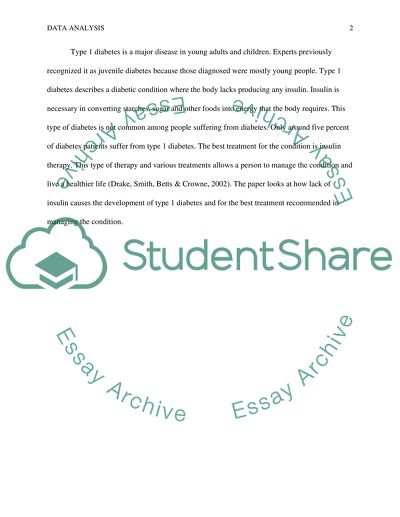Cite this document
(“Type 1 diabetes Research Paper Example | Topics and Well Written Essays - 1250 words”, n.d.)
Retrieved from https://studentshare.org/nursing/1474101-type
Retrieved from https://studentshare.org/nursing/1474101-type
(Type 1 Diabetes Research Paper Example | Topics and Well Written Essays - 1250 Words)
https://studentshare.org/nursing/1474101-type.
https://studentshare.org/nursing/1474101-type.
“Type 1 Diabetes Research Paper Example | Topics and Well Written Essays - 1250 Words”, n.d. https://studentshare.org/nursing/1474101-type.


